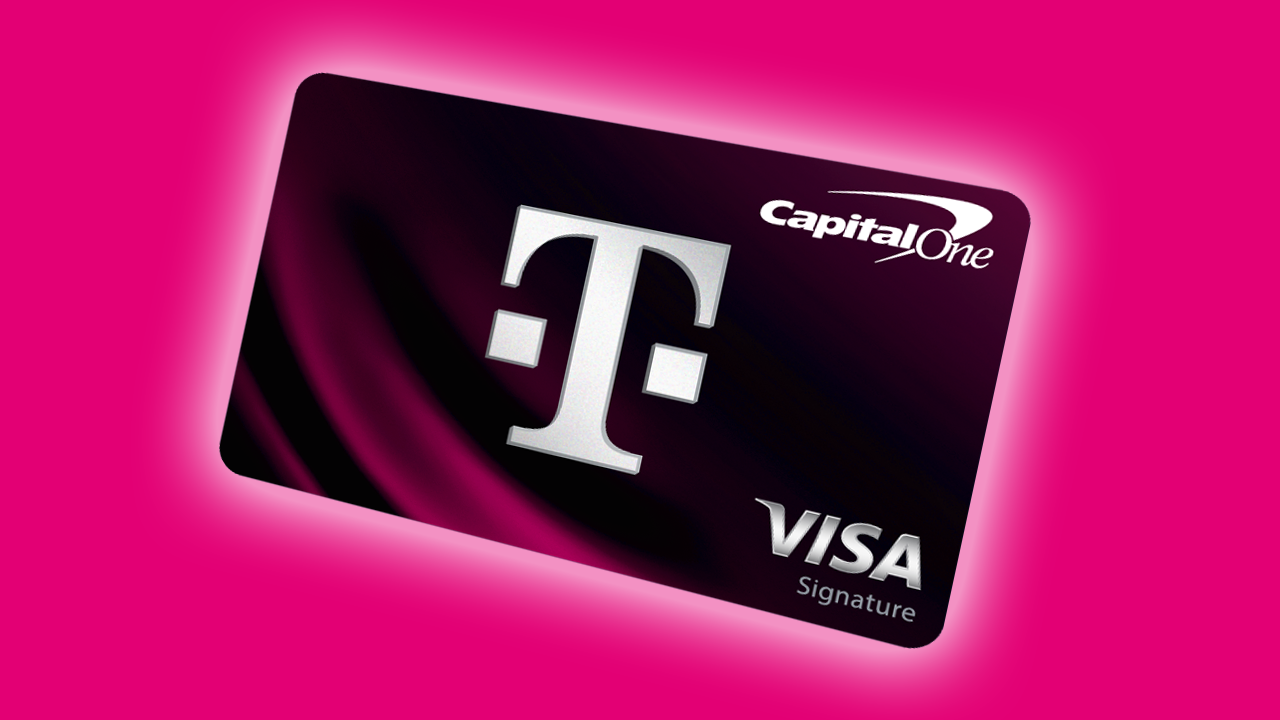Disclaimer: Information in the Business Financing Blog is provided for general information only, does not constitute financial advice, and does not necessarily describe Biz2Credit commercial financing products. In fact, information in the Business Financing Blog often covers financial products that Biz2Credit does not currently offer.
Many small businesses take out a business loan to get off the ground or help spur growth. It’s very common for businesses to have some debt, but you don’t have to live with the same loan terms or interest rates forever. Refinancing your business loan can help you adjust the terms of your business loan to get a lower monthly payment and increase cash flow for the business.
But when is the right time to refinance, and how do you do it? We break down some of the best times to refinance a business loan here.
What is Business Loan Refinancing?
First off, what exactly is loan refinancing? Refinancing a loan is the process of replacing an existing loan with a new one, typically with better terms. If you’re wondering, can you refinance a business loan, you can. Many business owners use this strategy to take advantage of changes in the market or in their business situations.
Some of the primary reasons business owners refinance loans include:
- Get a lower interest rate
- Adjust to a more favorable payment schedule
- Gain access to more funds
- Consolidate multiple loans into one
All of these reasons underscore a crucial business need: Increasing cash flow. When you refinance a business term loan you’ll typically have a lower monthly payment, which frees up more money to reinvest in the business.
Typically, you’ll have to pay a refinance and/or origination fee to refinance a business loan. Depending on your lender and existing loan terms, that may cost a few thousand dollars. Nonetheless, for many small businesses, it’s well worth the fee to lock in a lower interest rate or consolidate business debt. In the long term, a new bank loan may wind up saving you thousands in interest payments while keeping those savings readily available to reinvest in the business.
It’s important to note that refinancing does not decrease the principal amount still owed on the loan; it only changes repayment terms or increases the principal by combining multiple loans for your small business into one.
When to Refinance a Business Loan
The best time to refinance a small business loan is when your company is performing well and ready to grow. If your business is performing more or less the same as it was when you first took out the loan, a lender is less likely to agree to refinance. We recognize this is a bit broad, so let’s highlight some good times to consider business refinancing.
1. Interest rates have dropped
Especially pertinent for small business owners who took out loans in high rate periods between 2022 and 2024, when the Federal Reserve lowers the federal funds rate that influences all loan interest rates in the United States, it’s worth exploring your refinancing options. A high interest rate can amount to thousands of dollars every month, so if you can lower that rate, it may result in significant long-term savings.
Interest rates are out of your control, of course, but they’re important to keep in mind if you have a high-interest loan. Business loan refinance rates may be better now than they were when you initially took out the loan. (Note that this may be more difficult on short-term loans than long-term ones.) But remember that refinance business loan rates can also vary depending on your business performance and sometimes may actually be variable or floating interest rates that will track a major index such as the 10-Year Treasury Yield. Make sure you understand how your refinance interest rate will work before you decide to complete that business loan refi.
2. You need to improve cash flow
Whether it’s due to a current interest rate that’s too high or a short repayment period, high monthly loan payments may be a significant drag on your business. If you find those monthly payments make it difficult to manage your budget each month, it’s worth talking to your lender about refinancing your business loan.
Lenders don’t want your business to go into default and not be able to pay back the loan. Show a lender your books to help them understand how you’ve used the loan amount in the first place and how cash flows through your business currently. If you can illustrate how a reduced monthly payment will help free up cash flow to invest in more revenue-driving activities, like marketing initiatives or increasing production to meet high demand, a lender may agree to extend the repayment period or lower the interest rate to help you free up cash.
3. You’re ready to expand or grow
Many small business owners take out loans to get their businesses off the ground. Since new businesses can demonstrate very little financial history or credit, they usually have less favorable terms than businesses that have a proven record of making on-time payments. As such, after you’ve honored the loan terms for a year or two and your business is thriving, you may be able to refinance into better terms.
As we just mentioned, lenders want your business to succeed. Successful businesses are more likely to come back and borrow again!
When your business has established a loyal customer base and demonstrated a year or two of sustained growth, it may be time to expand more aggressively. That’s another time when it could be a good idea to look at refinancing your business loan.
Lenders will review your financial statements, examine your profit-loss calculations, and determine that steady revenue increases justify better terms on your business loan. Not only that, but if you’re looking for more funds to grow the business, you may be able to refinance an existing loan into a new one with a higher principal and better terms. That way, not only will you get an infusion of cash, but you may also improve your interest rate or extend your repayment period.
4. You have multiple loans that could benefit from debt consolidation
Sometimes, companies may take out different types of business loans to meet goals. If your food truck business got an initial loan to cover startup costs, an equipment loan to buy a truck, and a working capital loan to help offset operating costs like gas and food ingredients, you’re now juggling three loans with a different repayment schedule. That can be overwhelming and lead to accidentally missing payments, which can affect your credit score.
When business is good, it’s easier to go to the lender and ask to refinance all of these loans into a single, new loan. The combined principals will go into a single loan with a single interest rate and a single repayment plan. That will not only reduce the logistical burden of repaying your business debts, but you may save on interest in the long run.
5. Your credit score has substantially improved
One of the primary factors lenders use to determine business loan interest rates is your personal and, if applicable, business credit scores. When you borrowed the money initially, you may have had a less-than-stellar personal credit score. However, if you’ve paid back the loan on time and stayed on top of your personal debts, like credit card payments and a car loan, you very well may have seen an increase in your credit score.
A substantial score improvement of 10 or more points, combined with solid financial reports from the business, may make you eligible for a lower interest rate. You don’t always have to settle for your initial interest rate. Refinancing your business loan once you have a better credit score could save you big money in interest payments.
How to Refinance Business Loans
If you’re getting ready to pursue a small business refinance loan, the process is quite similar to getting the initial loan. That’s because most loans for small businesses follow a similar process. But if you need a refresher, here’s how to go about it when you think it may be time to refi your business loan.
1. Determine how much you owe
With a single loan, it’s simple enough to find the principal loan amount you still owe. With a few different loans, you might have to do a little math to figure out the total debt. When you know how much you owe, reach out to your lender to make sure you fully understand your loan terms and ask about any loan options or products that you may be eligible for now that you weren’t eligible before. For instance, many U.S. Small Business Administration (SBA) loans require businesses to be operational for at least two years before applying.
In addition to asking about offers, clarify with your lender if there are any prepayment penalties if you were to pay the loan off ahead of maturation, and a payoff quote. The payoff quote shows the total amount needed to pay off your original loans, including any interest accrued between now and the date you pay off the loan. With that number, you’ll have an idea of whether it’s better to pursue debt refinancing or to stretch now to pay off your debts entirely.
2. Determine a refinancing goal
What do you actually want from a business loan refinance? Different businesses have different needs. Your business may want lower monthly payments, which may mean a lower interest rate or a longer repayment term. Your business may have more liquidity than expected and want to shorten the repayment term to settle the debt faster.
Remember, even if you extend your repayment term and lower the interest rate, you’re paying interest for longer. Even with a lower monthly payment, you may wind up paying more in the long term if you refinance into a longer repayment period.
Before opening up business loan refinancing conversations with the lender, run through a few scenarios with an accountant or other trusted business advisor to figure out what the best (realistic) outcome would be for your business.
3. Review eligibility
How has your business’s financial profile changed since you applied for the initial loan? To review, the most important qualifying factors lenders look at when approving a loan include:
- Personal credit score
- Business credit score
- Time in business
- Annual revenue
- Available collateral (if applying for a secured loan)
If all of these numbers have improved since your initial application, you’re in good shape to refinance or get a new loan. You don’t have to settle for a bad credit business loan.
4. Compare loan products
While it’s often easy to refinance with your current lender, you may also opt to get a new loan. Most traditional or SBA loans allow you to use funds to pay off other debt. In certain cases, rather than refinancing, it may be better to get a new loan with more favorable terms to pay off the existing debt and use the remaining lump sum to fund the business. When you pay off the first loan, it will help your business’s credit score and potentially put some more money into your business while taking out a new business loan with better terms.
Once your business has been profitable for a while, it’s likely a better applicant and will have more options between traditional lenders like banks or credit unions, SBA lenders, and online financing providers like Biz2Credit.
5. Gather documents and apply
What you need to refinance your loan will depend on the lender, but usually, the application process should be fairly straightforward. Your lender already has much of the general information, like the business license, business plan, and employee identification number (EIN), so it will just need updated financial reports.
If your business is in a slow time, it’s a good idea to wait until you have some more positive recent numbers to report. The lender will want to see monthly balance sheets, revenue reports, and personal and business bank statements to understand the business’s (and the business owner’s) financial health. Likewise, you’ll also need your personal and business tax returns, any additional current loan statements, and information on collateral if you’re applying for additional secured business financing.
Conclusion
Higher costs of capital can make life hard on a small business. That’s why knowing when it’s the right time to look at refinancing your business loan is important!
If your business has thrived despite higher interest rates or demanding loan repayment terms, it may be in your best interest to refinance a business loan. With more time in business, a stronger financial history, and improved credit scores, your business will likely be a stronger loan applicant. When you’re ready to invest in the business’s growth and need to increase cash flow and working capital, it’s time to explore business loan refinance rates and consider refinancing your loans.
FAQs
-
What is refinancing a loan?
Refinancing a loan is when you replace an existing loan with a new one, typically with better terms for the borrower.
-
What does it mean to refinance a business loan?
Refinancing a business loan is when a business reaches an agreement with its lender to replace an existing loan with a new one. Usually, in exchange for a refinance fee, a business will get a lower interest rate or an adjusted payment schedule that will allow it to increase cash flow in the business.
-
Can you refinance a business loan?
Yes, you can typically refinance any term loan, although different lenders may have stipulations as to when you can refinance. Usually, you can only refinance after you’ve made a certain number of payments.
-
Can you refinance an SBA loan?
Typically, you cannot refinance an SBA loan. However, there are some special circumstances. For example, if a borrower cannot get approved for an additional non-SBA loan without an SBA guarantee, the SBA may agree to permit a refinance of a current loan to guarantee the borrower’s new financing.
-
What is your credit score?
A credit score is a number between 300 and 850 that predicts how likely you are to pay back a loan on time. It’s developed by credit reports that weigh several factors, including your credit and debt history, to help lenders decide whether or not to approve you for a loan and what terms to offer.
Small businesses may also have a FICO Small Business Scoring Service (SBSS) score ranging between 0 and 300.
-
What are the requirements for refinancing a business loan?
Every lender has different refinancing requirements. Typically, lenders consider the remaining loan principal, the number of payments on the loan you’ve already made, as well as financial information like credit scores and monthly or annual revenue.
Learn about the Biz2Credit financing process
Publisher: Source link











